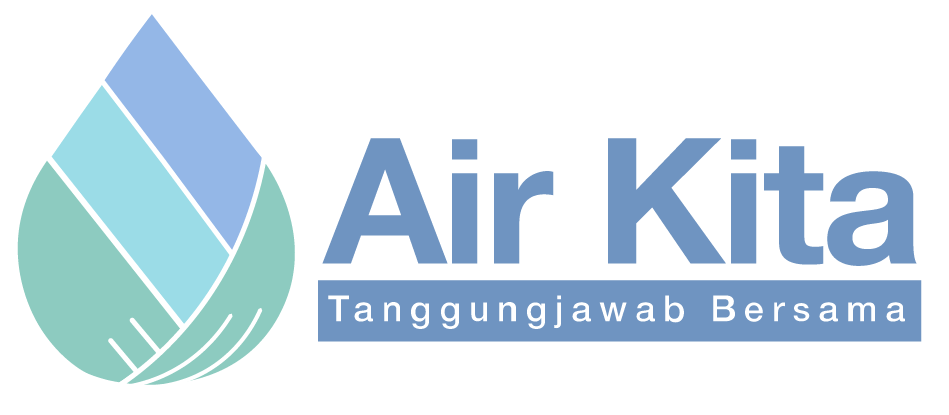Conserve water before it’s too late
PETALING JAYA: Water is plentiful in Malaysia and its low cost has led to many taking it for granted – an average of over 200 litres of water per capita is used every day here.
This watery paradise will not last and experts are sounding the alert: it is time for all stakeholders to play their role in conserving water to ensure there is enough in the future.
While most of the water use comes from the commercial sector, National Water Services Commission (SPAN) chairman Charles Santiago said the consumption trend among Malaysians is very high.
He said one of the reasons why domestic consumers record high usage is because treated water is also used to wash cars.
Unlike electricity, which people are more mindful of conserving due to its higher cost, people tend to not take water so seriously because it is cheap.
“We need to cut down (on consumption),” said Santiago.

He added that factories also need to innovate to save water.
Santiago said water sources are being depleted as rivers are already being affected by climate change. On top of that, there is the challenge of river pollution due to factories dumping waste into these water sources, and the cost of treatment is very high.
For example, he said the water levels at Sungai Muda in Kedah – which caters to users in Kedah and Penang – have been reduced by 7%.
Based on a vulnerability assessment of Malaysia in its report to the United Nations Framework Convention on Climate Change in 2018, it is projected that some river basins may see an increase in average annual rainfall, while others will see the opposite.
This may result in more floods and drought, both of which will affect river water quality negatively.
“The whole country has to look at water as a national security priority whether you are a business, the government or a household,” said Santiago.
While the government has its role to play, he said domestic and commercial consumers must also do their part in conserving water.
According to SPAN, the actual water demand per capita per day in 2019 was 230 litres, which is significantly higher than the World Health Organisation’s (WHO) recommended daily water demand threshold of 165 litres per person per day.
Water and Energy Consumers Association of Malaysia president T. Saravanan said although WHO has its recommendations, factors such as Malaysia’s hot climate – which requires more water usage – must also be taken into account.
On using water sustainably, domestic households are improving a lot in terms of conservation, he said.
In fact, a lot of waste comes from commercial sectors such as landscaping, car washes, and water for certain industry use.
“But some big industries have evolved and are practising rainwater harvesting, water recycling and others,” he said.
All stakeholders must realise that climate change is affecting water resources and action must be taken before it is too late, he added.
With Malaysia’s population projected to grow to 40 million by the end of the decade, Saravanan said the water demand will increase by twofold. Therefore, water resources must be protected before it is too late.
“As consumers, we need to prepare for tariff increases so that water operators can improve their service quality. At the same time, the government must audit and make sure water operators justify the need for tariff adjustments.
“With tariff adjustments, we hope water operators will improve the water quality and availability, without frequent disruptions.
“Currently, there are many complaints from consumers that the water is murky and dirty even in urban areas,” said Saravanan, who is also the CEO of the Federation of Malaysian Consumer Associations (Fomca).
Many have raised concerns that in rural areas, the water pressure is too low and water quality is worse.
Consumers also have a role to play in conserving water. They have to change their mindset on how to use the water for domestic purposes, he added.
Association of Water and Energy Research Malaysia president S. Piarapakaran said the WHO recommendation of 165 litres per capita per day (lcd) was more of a guide for basic needs, including for poor nations that lack basic water supply infrastructure.
Therefore, other factors should be taken into account when looking at water consumption trends in Malaysia, he said.
“In a household of an average of four occupants, monthly usage of 19.8 cubic metres – or rounded up to 20 cubic metres – is considered as a basic need and it is given at the lowest tariff rate.
“Generally, average consumption in some countries may look much lower compared with Malaysia and this is basically due to the coverage of treated water supply in the country. In Kelantan, we see that the per capita consumption data is much lower compared with the national average.
“In 2022, for Peninsular Malaysia and Labuan, the average water consumption was 237 lcd and Kelantan recorded only 89 lcd. Does this mean Kelantan consumers are extremely water efficient?
“This is not an accurate data. It is an average estimation of treated water usage over the overall population,” said Piarapakaran.
Due to its poor water supply infrastructure, Kelantan uses more groundwater directly without relying much on their treated water supply, he said.
“Only 73.9% of the Kelantan population is served with treated water,” he added.
“Similarly, if we compare Malaysia’s per capita water consumption statistics with neighbouring countries that have low treated water supply coverage, they may be portrayed as more water efficient compared to us,” said Piarapakaran, who is also chief executive officer of the Centre for Water and Energy Sustainability.
